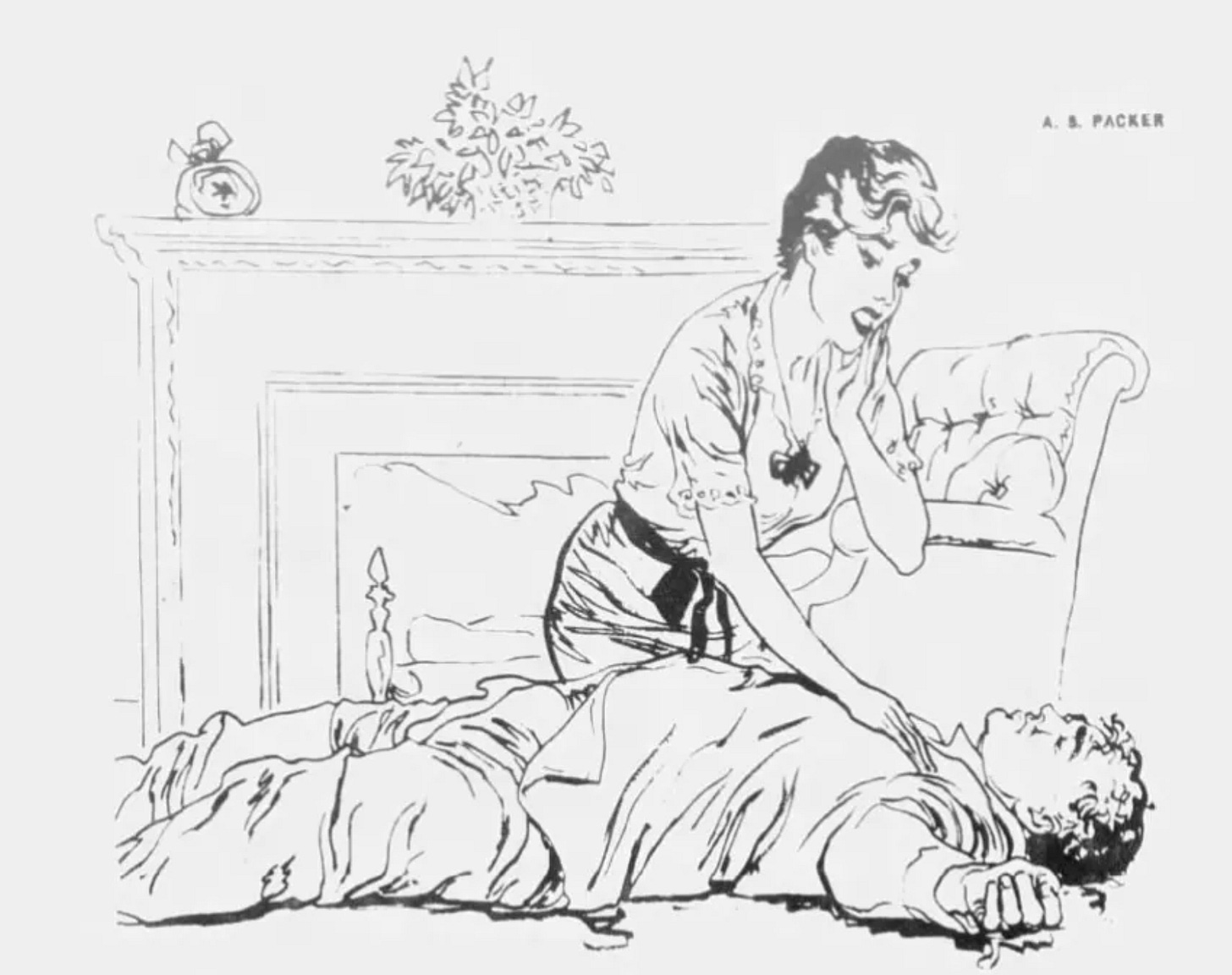Three's a Crowd: The Cold Blooded Halloween Murder of Peter Fabiano
The shocking 1957 cold blooded murder of Peter Fabiano seemed like a senseless act of random violence, until investigators began to look into his wife's associates
Murder of Peter Fabiano
On Halloween 1957, Peter Fabiano and his wife Betty were winding down their night at their Los Angeles home around 11 p.m. before heading to bed after a night of welcoming trick-or-treaters.
When the doorbell rang for a final time that night, Peter hesitantly opened the door, expecting to see some late-night trick-or-treaters. "It's a little late for this, isn't it?" Peter said as he stood in the doorway.
"No," came the response from a dark figure obscured by a mask and pointing a firearm in Peter’s direction.
Without another word, the figure fired a shot into Peter Fabiano's chest, turned, and escaped from the scene, leaving Peter mortally wounded on his front porch.
Betty hurried to her husband's side and attempted to provide aid, but it was too late; Peter was gone. The medical examiner said later that Peter died almost instantly. Betty was left on the porch waiting for authorities to arrive and wondering why anyone would harm Peter.
A gentle and well-regarded individual in their community. The sudden death not only left Betty in disbelief but also sent shockwaves through the entire neighborhood that had been joyfully celebrating Halloween just hours earlier.
Following the incident, questions arose about whether Peter was a victim of random violence, or if he was intentionally targeted.
Investigation
The initial investigation by the Los Angeles Police Department yielded no suspects or leads. Friends and neighbors were left baffled by the murder. They floated theories ranging from a Halloween prank gone awry to a failed robbery attempt.
As investigators pieced together the incident, clues began to emerge that led authorities to conclude that Peter Fabiano’s murder was a targeted attack, and not a case of random violence.
As with most investigations of this manner, detectives tend to first focus on the victim’s family members. The goal of the investigator is to learn as much as they can about the victim, and that starts with interviewing the closest members of the family.
Authorities learn about family dynamics and potential problems. For example, money or marital problems can often be a motivation. After conducting an investigation of Betty and Peter's closest family members, detectives could find no obvious motive.
Suspect Emerges
Authorities then cast a wider net and focused their investigation on Peter’s current and past friends and work associates. A pivotal moment came when they spoke with Joan Rabel, a photographer who had previously had a friendship with Peter’s wife Betty Fabiano.
Joan's relationship with the Fabiano family initially raised no suspicions among the investigators; however, something didn't feel right, and with a little urging from Betty, detectives dug a bit further into Joan's history. It was during this exploration of Joan's life that a complex web of envy and deceit started to unravel before them.








